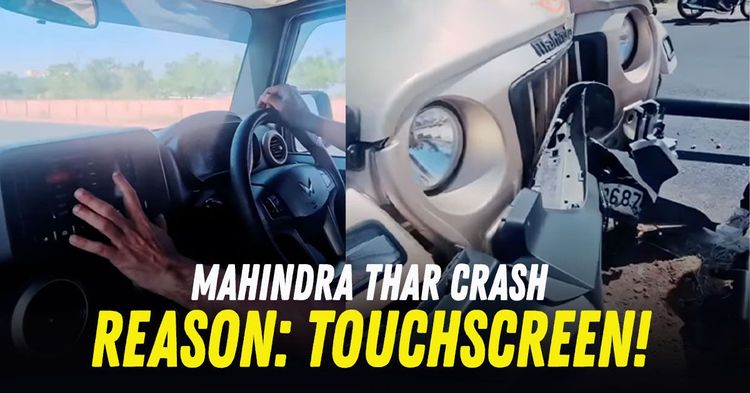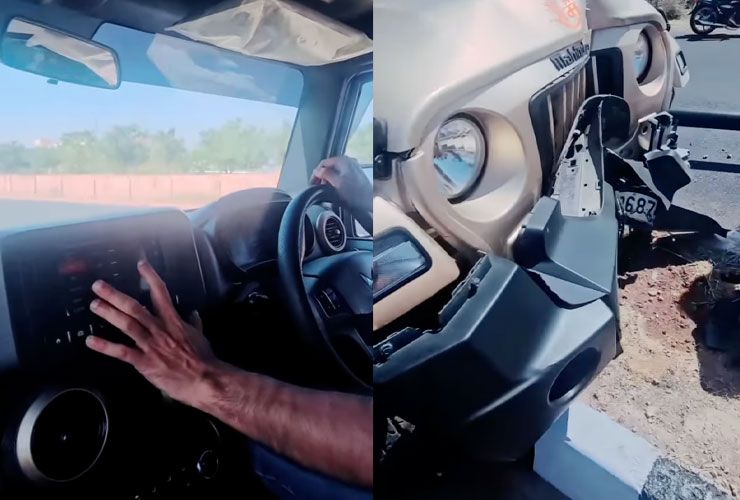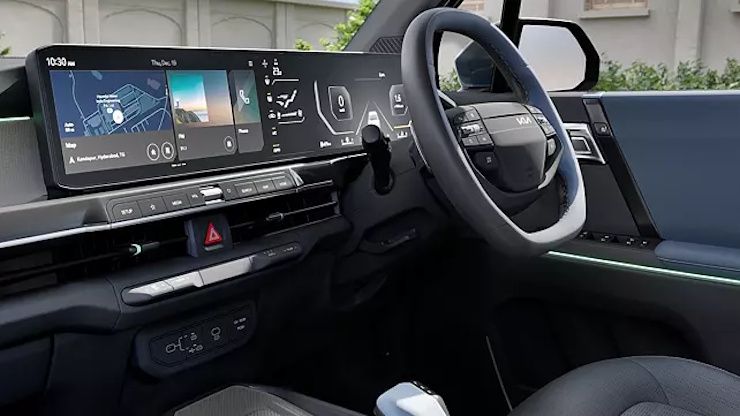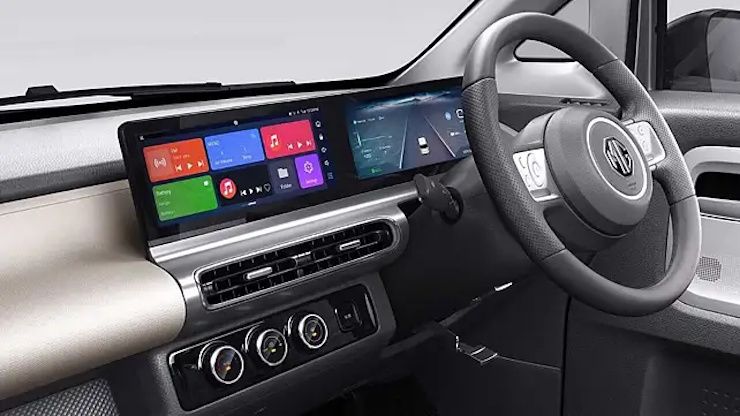Mahindra Thar Crashes After Driver Is Distracted By Touchscreen! (Video)


Touchscreen invasion has lately been on the rise in cars and SUVs sold in the Indian market. People seem to love the flair and 'sci-fi' feel that screens bring along. The expansive digital landscape, however, has a negative impact on vehicle safety, and a recent crash involving a Mahindra Thar shows just how dangerous it can be.
A video shared online shows a Mahindra Thar running into the median on a highway, while the driver was trying to do something on the central infotainment unit. The video starts by showing him fiddling with the screen. He has taken his eyes off the road and is focussing solely on the display.
In another few seconds, he loses control of the vehicle, which runs into the median. The driver seems to have missed a slight curve on the road, and thus gave no steering input. This incident can be considered as a classic case of distracted driving leading to crashes, brought about by infotainment screens.

This accident also shows the importance of having proper screen size and a clean interface. The 3-door Thar comes with a 9-inch touchscreen on higher variants and a 7-inch unit on lower ones. The layout and user interface (UI) feel a bit dated and congested. One would thus need his full attention to navigate through options and control complex functions. Thankfully, Mahindra has given proper physical buttons as safer alternatives to all essential functions.
Accessing complex menu options will, however, take a sizeable effort on the Thar. For this, the driver must park the vehicle and dedicate his full attention. The driver, in this case, failed to do the same and went on experimenting with the touchscreen when the vehicle was still cruising.

The digital real estate in vehicles seems to be expanding aggressively. With the advent of electric vehicles, touchscreens have become more important than they have ever been. We see EV makers stuff screens with functions including essential ones like controlling air-con vents, climate control functions and windows/sunroofs! Using screens instead of buttons apparently makes the vehicle feel futuristic and tech-packed for the buyer!
More important here is the money-math of the manufacturer. Stuffing functions into screens and avoiding physical controls like buttons and rotary dials can save them a lot of money in design and development costs.
The biggest drawback of touchscreens is that they lack proper tactile feedback that would help the user recognize the option he/she is clicking on, without having to look at it. This essentially forces the driver to take eyes off the road, which could result in accidents like the one we saw here.

Physical controls on the other hand, can be operated by feel. You know where the 'AC' toggle switch in your car is just by thinking of it. You can rely on pure muscle memory to reach there and switch it on/off, if need be.
Circling back, screens are also prone to other issues like long response times ( essentially a 'slow' screen), failures, blackouts and other glitches. All these problems can result in messy ownership experiences. The fact that climatic conditions like extreme heat can leave an impact on screen-life, further underlines the need to have a proper (and safe) split between screen-based and physical functions in every car.
Considering the safety hazards posed by a complete transition to screens, many manufacturers have announced plans to resort to physical controls for all essential functions and keep a thoughtful watch curb on the digital invasion. Hyundai is an example. However, drivers should also stay aware of the distractive nature of screens and stay safe on the road.